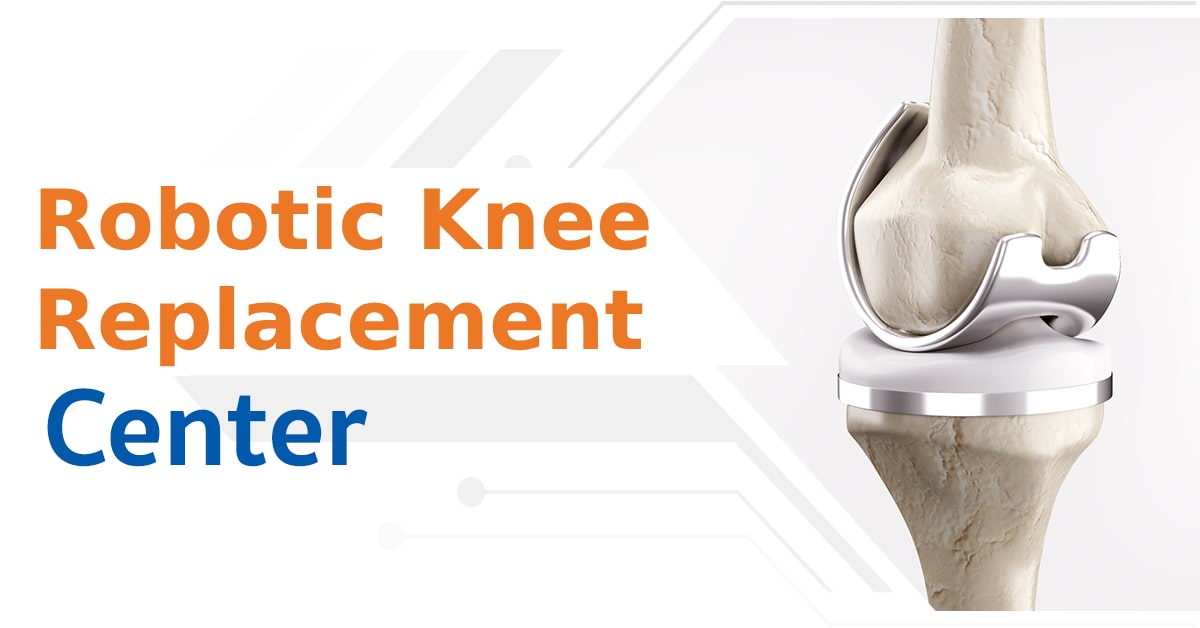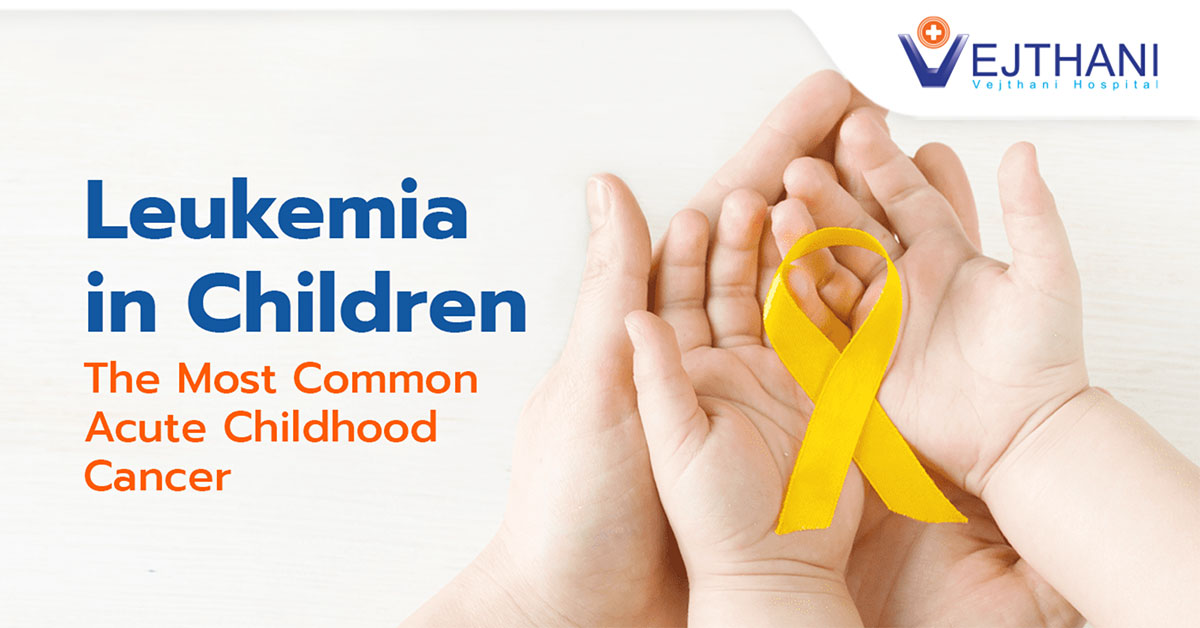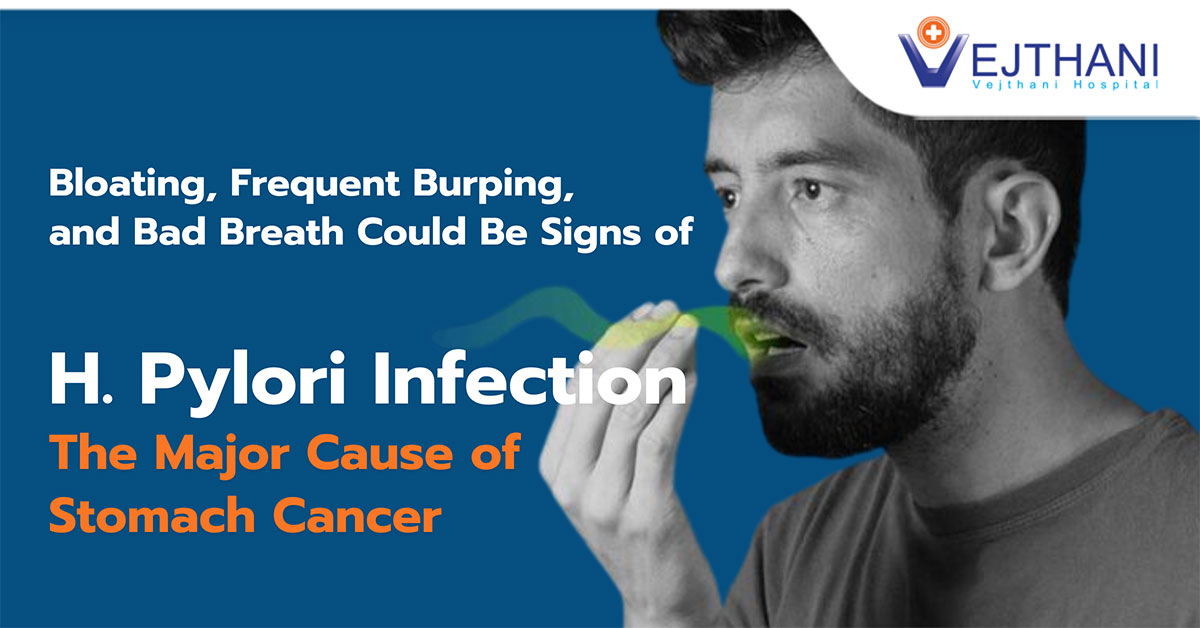
Breast cysts
Overview
Breast cysts are cavities filled with fluid. Typically, they do not indicate that you have cancer (benign). Cysts occur when a liquid accumulates within a previously empty milk gland. Although some cysts may be too small to detect, others can grow to several inches in diameter, causing significant discomfort. It’s possible that you may have one or multiple cysts in your breast. These cysts can have varying textures – sometimes feeling hard, and other times feeling more like a grape or a water-filled balloon. Unless a breast cyst is huge, painful, or uncomfortable, treatment is not necessary. In that situation, a breast cyst’s fluid can be drained to reduce symptoms.
Breast cysts can occur in women of any age, but they are more prevalent in women under the age of 50, typically before menopause. However, they can still be found in women of any age. Women who have undergone menopause and are receiving hormone therapy are also prone to developing breast cysts.
Symptoms
One or both breasts may have breast cysts. Signs and symptoms of breast cysts that require attention include:
- A clear, golden, straw-colored, or dark brown nipple discharge
- An easy-to-move, round or oval lump that is smooth and may have smooth edges; this often, but not always, implies that the lump is benign.
- After your period, a smaller breast lump and a remission of other symptoms
- Tenderness or soreness in the breast near the lump there
- Breast discomfort and lump size increasing right before your period
Breast cysts do not increase the risk of developing breast cancer, but they can hinder the detection of new breast lumps or changes that may require medical attention. It’s crucial to be aware of how your breasts feel throughout your menstrual cycle so that you can notice any changes. When you’re menstruating, your breasts may feel lumpy and uncomfortable.
Lumpy or nodular sensations are common in normal breast tissue. However, if you notice a new lump in your breast that does not disappear, grows in size, or persists for more than one or two menstrual cycles, it is crucial to seek medical attention promptly. Similarly, if you observe any new alterations in the skin texture of one or both breasts, you should consult your doctor as soon as possible.
Causes
The human breasts contain lobes of glandular tissue that are arranged like the petals of a daisy. These lobes are further divided into smaller lobules that are responsible for producing milk during pregnancy and breast-feeding. The shape of the breast is maintained by fatty tissue and fibrous connective tissue. Cysts can develop due to the accumulation of fluid inside the breast glands.
The size of breast cysts can be determined:
- Microcysts are too small to feel, but may be noticed during imaging tests like mammography or ultrasound.
- Macrocysts can reach a diameter of 1 to 2 inches (2.5 to 5 centimeters), which is large enough to be felt.
The exact cause of breast cysts is uncertain, but hormonal changes related to monthly menstruation may be a contributing factor.




















